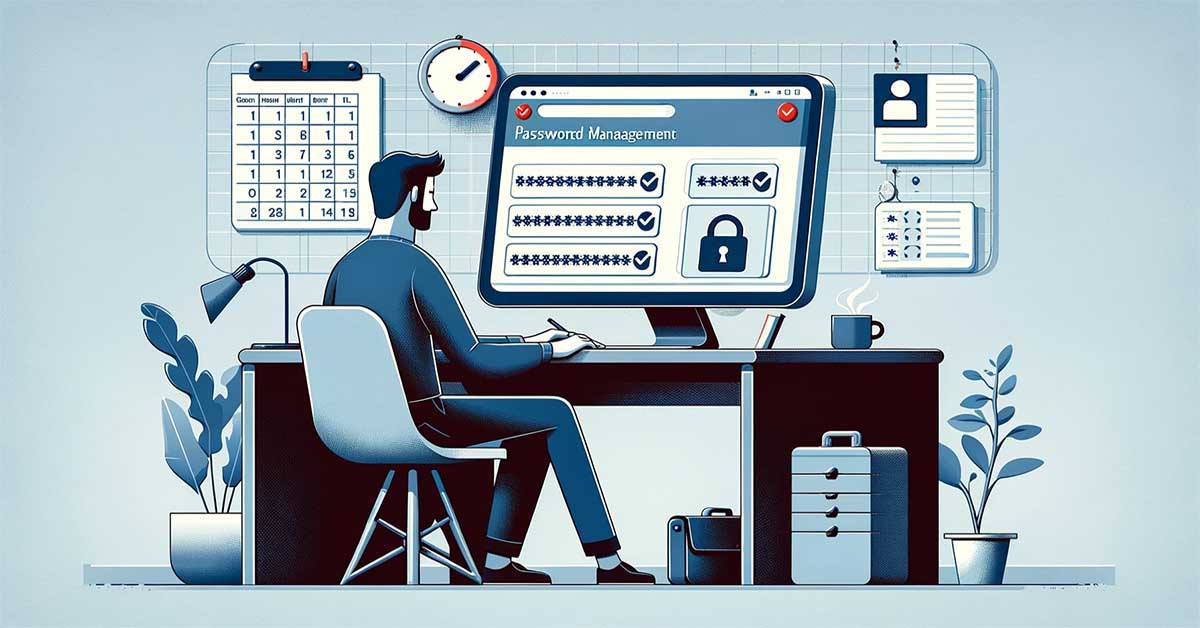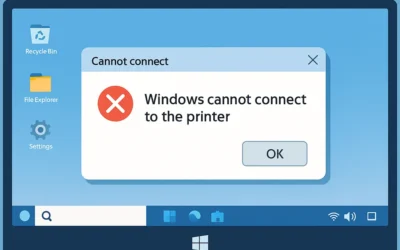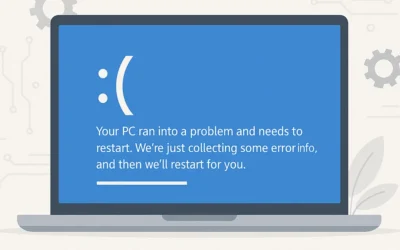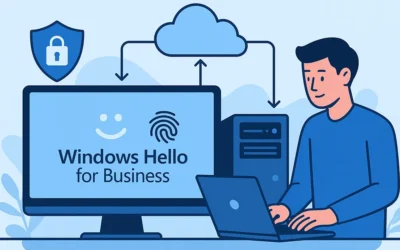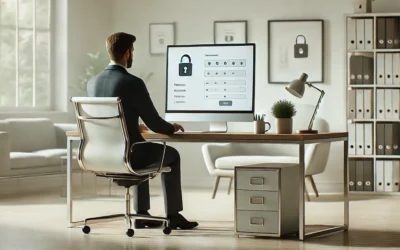Forgetting a password can happen to anyone, but recovery doesn’t have to be stressful. This guide provides practical methods for resetting forgotten passwords and securing your accounts against future breaches using best practices, tools, and platform-specific steps.
What is Password Recovery?
Password recovery is the process of regaining access to an account when credentials are lost or compromised. Services like Gmail, Apple ID, Windows, and social media platforms offer recovery processes that usually involve email verification, security questions, or recovery codes.
Top Methods to Recover a Forgotten Password
- Forgot Password Link: Click the “Forgot Password” link available on most login pages. This will guide you to reset your password using email or phone verification.
- Security Questions: Some sites require answering predefined questions to authenticate your identity.
- Backup Codes: Use backup or recovery codes if you previously enabled two-factor authentication (2FA).
- Email or SMS Code: Check all inbox folders, including spam, for reset links or security codes.
- Secondary Contacts: Use alternative email addresses or phone numbers linked to your account.
- Customer Support: If none of the above work, contact the service provider with valid identification or billing history.
Account-Specific Recovery Instructions
Windows (Local and Microsoft Accounts)
For local accounts, create a bootable recovery drive or use Command Prompt from a recovery environment. For Microsoft accounts, reset your password via the Microsoft password reset page.
Google Account
Visit Google Account Recovery and follow on-screen instructions. Google may prompt you for previous passwords or send a code to a backup contact.
Apple ID
Navigate to Apple’s iForgot site. Use your trusted devices or phone numbers to recover access via two-factor authentication or recovery keys.
Social Media Platforms
Platforms like Facebook, Instagram, and Twitter allow password resets through email or SMS. Visit their respective recovery pages and verify your identity using registered credentials.
Best Practices to Prevent Password Loss
- Use Strong, Unique Passwords: Use a combination of uppercase, lowercase, symbols, and numbers.
- Don’t Reuse Passwords: Avoid repeating the same password across multiple accounts.
- Use Password Managers: Tools like Bitwarden, LastPass, and 1Password securely store and generate unique passwords.
- Enable Two-Factor Authentication (2FA): 2FA adds an extra layer of security and reduces the chances of unauthorized access.
- Update Passwords Periodically: Change critical passwords every 3–6 months, especially after a known breach.
Recommended Tools for Password Management
- Bitwarden: Open-source and secure, with browser extensions and mobile apps.
- LastPass: Offers encrypted storage and automatic password capture.
- Dashlane: Includes dark web monitoring and VPN support.
- 1Password: Excellent UI and cross-platform compatibility.
Related Articles
- How to Reset a Forgotten Password – Comprehensive Guide
- Creating Strong and Memorable Passwords: Techniques and Tools
- Using Password Managers: A Simple Solution to Password Challenges
Frequently Asked Questions
What is the safest way to recover a password?
Use the official recovery process provided by the service and avoid third-party tools or suspicious links.
Can I recover a password without a backup email?
Yes, many services offer alternative recovery methods like SMS, backup codes, or identity verification.
Should I use the same password across different platforms?
No. Using the same password increases your vulnerability in case of a data breach. Always use unique credentials.
Are password managers secure?
Reputable password managers use end-to-end encryption and zero-knowledge architecture to ensure user privacy.
What if I lose access to my password manager?
Set up backup recovery codes or trusted contacts. Most managers also allow account recovery through email or biometric authentication.

